What Effectively Removes Bathroom Mold and Prevents Recurrence?
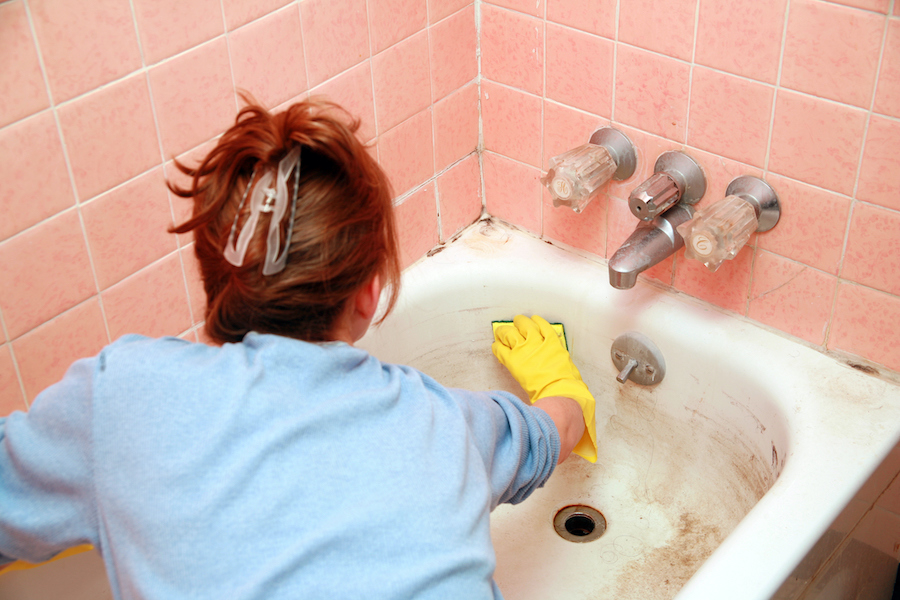
Seek Out Research-Based Mold Remediation Specialists for Sustainable Mold Solutions
Molds are rapidly-multiplying organisms that generate from single, microscopic spores found in outdoor and indoor spaces. Outdoors, molds are an essential part of the balance of nature, breaking down excess organic waste. Molds hitch rides inside on packages, breezes, pets, and people. Spores in buildings cause little trouble until they encounter a moisture source. Within 24 to 48 hours, wet spores germinate and cause outbreaks that quickly cover interior surfaces, including hidden building cavities, needing only a few drops of water, oxygen, and organic materials for nourishment.
What Makes Bathrooms a Mold Paradise?
Nearly every home or business owner struggles with bathroom mold damage at some point. National Disaster Recovery (NDR) experts lay out the simple reasons mold thrive in bathrooms: the spaces provide generous quantities of the oxygen, warmth, organic materials, and, most importantly, moisture needed for a robust infestation.
Why Does Mold Damage Proliferate Despite Waterproof Materials in Most Bathrooms?
To combat water damage and secondary effects, chief among which is mold damage, many of the construction materials in a bathroom are non-porous and relatively impervious to water. Ceramic tile and composite materials shed water and provide no direct nourishment for growing molds. Yet NDR notes that mold damage is still a significant problem in residential and commercial bathrooms. The reasons for mold damage in your bathroom vary but typically include one or more of the following:
● Grout cracks and/or loses its seal, allowing water to penetrate cellulose-rich building materials like drywall, backer board, lath, and even further to framing and studs.
● Joints between tiles or composites and tubs sinks or shower basins exhibit poorly maintained caulks that break apart, permitting water incursions.
● Soap scum, containing bits of hair and sloughed skin cells, coats waterproof materials, and this organic mixture supports mold growth.
● Persistently high humidity in bathrooms, enough to give mold spores the start needed for severe infestation, exacerbates the above conditions, particularly when exhaust fans are non-existent, malfunctioning, or used inconsistently.
How Can Property Owners Combat Mold Damage Outbreaks?
Do-it-yourself interventions rarely elimitnate mold damage in bathroom settings for more than a brief period. Because the conditions contributing to mold growth often lie beneath sparkling tiles or shower surrounds, spray-on consumer-grade disinfectants and intense scrubbing is only a temporary answer. The diluted bleach usually used is not strong enough to kill the mold organisms completely and soaks into the hidden organic materials, providing even more moisture and increasing mold damage. Requirements for sustainable mold damage remediation follow the Environmental Protection Agency (EPA) protocols:
● Tracing of the water migration, eliminating the leaks, and drying out the wet areas completely
● Containment of the work area to prevent mold spore and debris spread
● Mechanical scraping or controlled blasting to remove mold, not rely only on topical application of disinfectants
● Comprehensive cleanup and lawful disposal of mold residues
● Final treatment with EPA-registered antimicrobials
NDR suggests that residential and business property owners consult with local certified mold remediation specialists on our state-by-state listings when faced with bathroom mold damage. Resolving current mold damage is essential, but a professional evaluation and resolution of the conditions supporting continued mold growth offer a long-term and sustainable outcome.
If you are not sure you have mold reach out to an expert in mold testing.

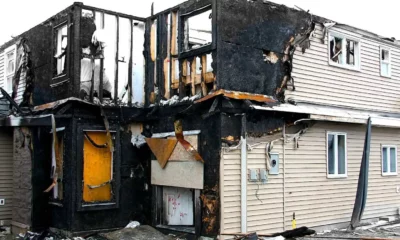
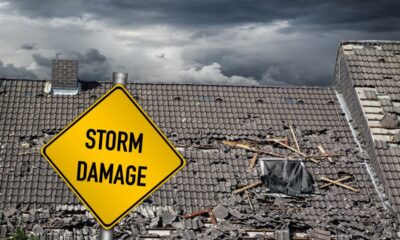
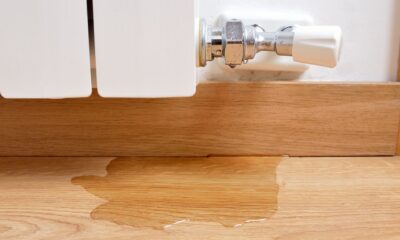
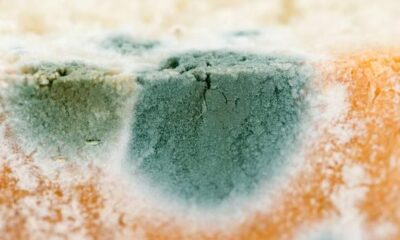





Facebook
RSS